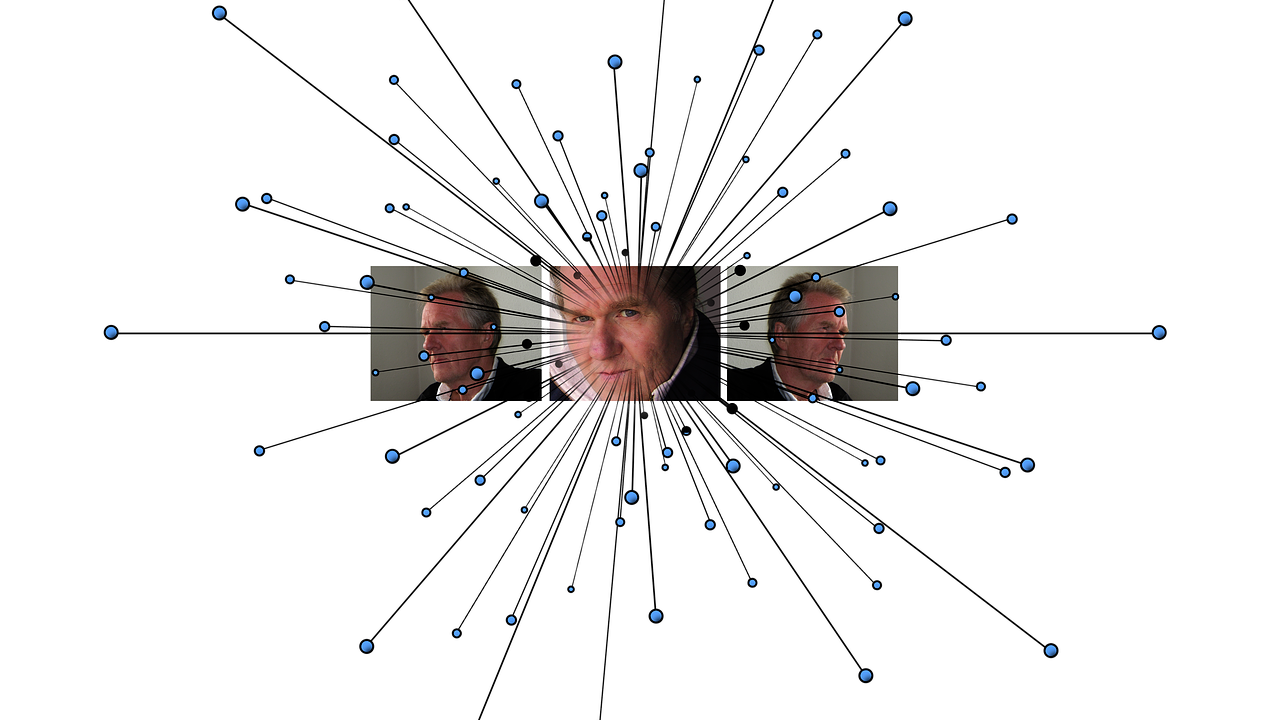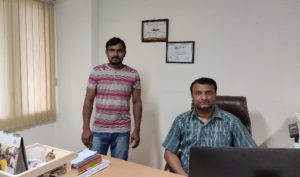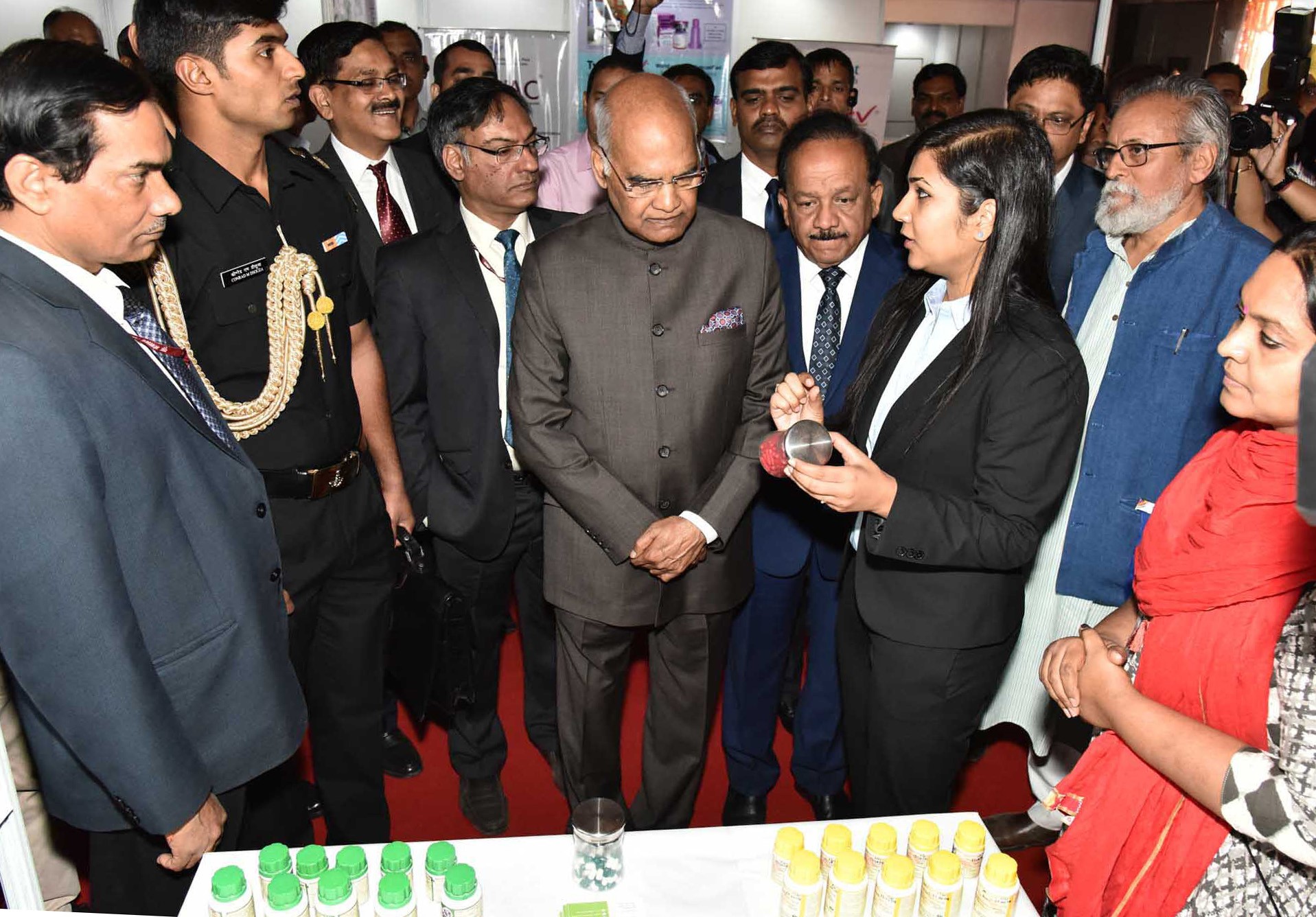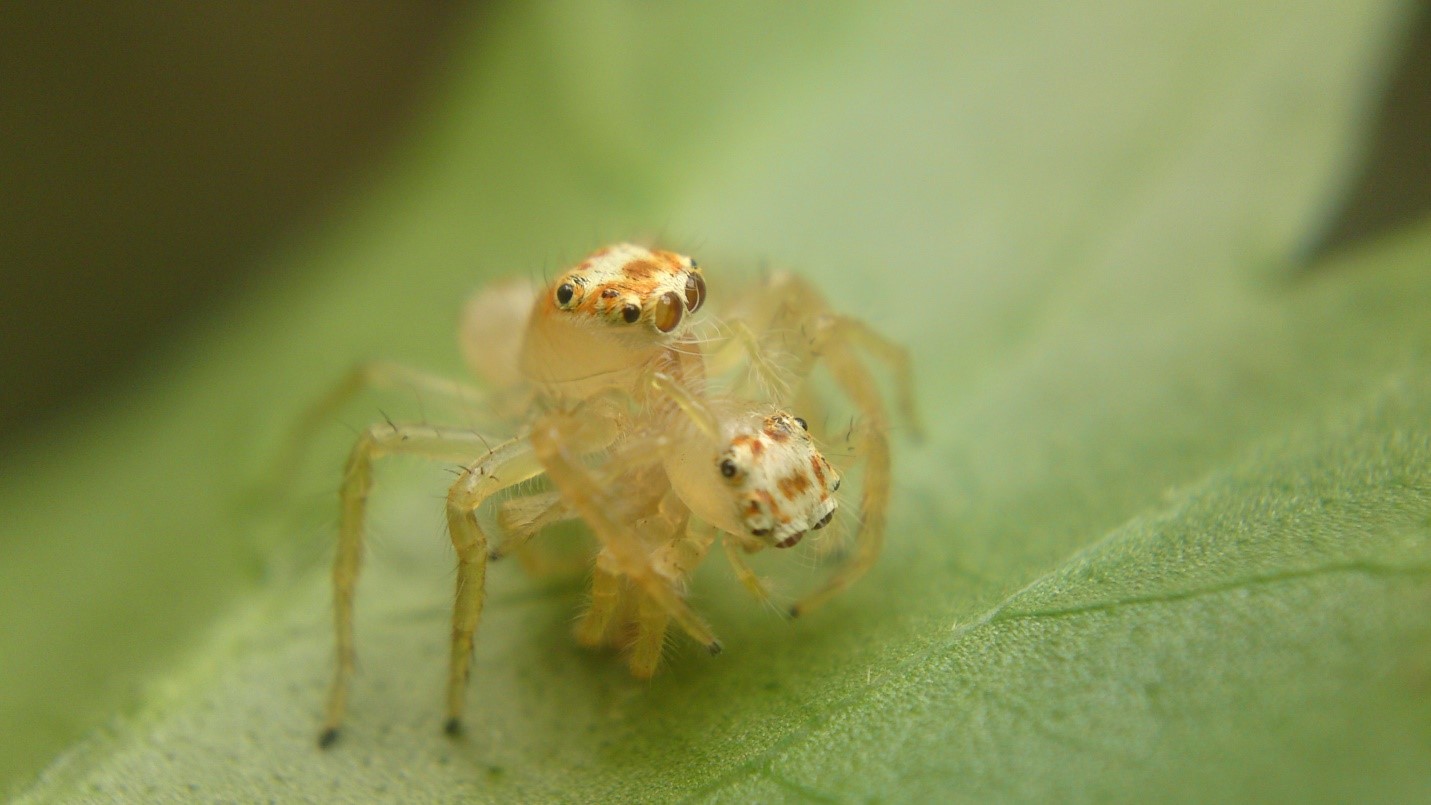
Mathematical Modelling for Sharper Images
- News
- 1.1K
It is generally noticed that image quality is not the same when clicked with the camera in flash mode. The quality of images generated using some active imaging (operating camera under flash mode is an example of active imaging) techniques is degraded by the presence of ‘speckles’. Speckles render the images grainy and result in loss of details.

They can be caused by the imaging equipment itself or by the external environment associated with image capture, transfer, or storage. Indian Institute of Technology Mandi (IIT Mandi) researchers are using mathematical modeling methods to eliminate speckles and to improve the quality of images captured by various imaging systems. The active imaging is extensively used in many high-tech applications ranging from biomedical imaging to satellite-based surveillance.
The researchers have used a grey level indicator-based nonlinear telegraph diffusion model which views the image as an elastic sheet, which when compressed, removes the speckles. The proposed technique uses the benefit of the combined effects of the diffusion equation as well as the wave equation. The wave nature of the system preserves the high oscillatory and texture patterns in an image. One of the main advantages of this partial differential equation (PDE)-based approach is that it has a strong theoretical base, which is not always certain for a non-PDE based approach.
“Speckles are common in ultrasound, laser, and synthetic aperture radar (SAR) images”, says Dr. Rajendra Kumar Ray, Associate Professor, School of Basic Sciences, IIT Mandi. The poor image quality renders automated image processing tasks difficult. Complex despeckling operations are therefore necessary to extract the actual image signal from the speckle noise.
“The proposed approach enjoys the benefits of both telegraph-diffusion equation and the grey level of the image, which is not only robust to remove noise from images but also preserves image structural details”, observes Dr. Ray on the superiority of their method over existing despeckling approaches in its genre.
The researchers applied their model on deliberately defected test images and a few real-time SAR images. They then compared the despeckling efficiency of their model with other existing models and showed that their model was superior to others.
“Our next aim is to apply this model into biomedical and SAR image processing. Apart from these high-tech applications, despeckling will also find use in imaging activities including cinematography and photography”, says Dr. Ray, about the future of this development.
The research team comprised Dr. Rajendra Kumar Ray and Sudeb Majee. The results of the work have been published in the Society for Industrial and Applied Mathematics (SIAM) Journal of Imaging Sciences. (ISW)
If you liked this article, then please subscribe to our YouTube Channel for the latest Science & Tech news. You can also find us on Twitter & Facebook


